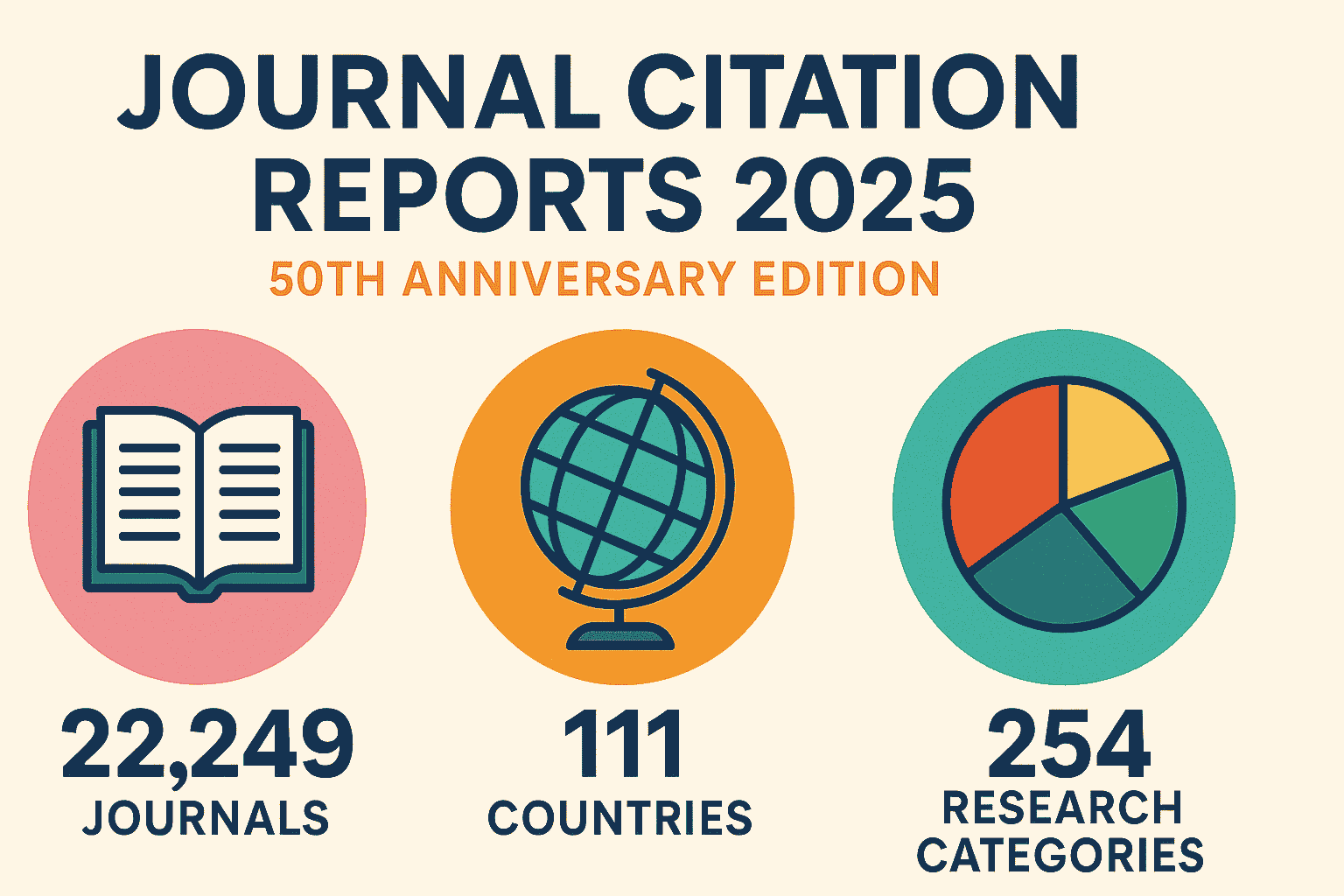Inflammation
Inflammation
Inflammation is a complex physiological response to tissue injury, infection, or harmful stimuli. It is an essential component of the body’s innate immune response and plays a crucial role in restoring homeostasis and promoting healing. However, chronic or dysregulated inflammation is associated with numerous diseases, including autoimmune disorders, cardiovascular diseases, and cancer. Understanding the mechanisms, types, and impact of inflammation is vital in both clinical and research contexts.
Mechanisms of Inflammation
Inflammation involves a series of well-orchestrated steps:
- Recognition of Injury or Infection:
- The immune system detects harmful stimuli through pattern recognition receptors (PRRs) like Toll-like receptors (TLRs) that identify pathogen-associated molecular patterns (PAMPs) and damage-associated molecular patterns (DAMPs).
- Recruitment of Leukocytes and Mediators:
- Upon activation, cells such as macrophages release pro-inflammatory cytokines (e.g., TNF-α, IL-1β, IL-6) and chemokines to recruit leukocytes (neutrophils, monocytes) to the site of injury.
- Complement proteins and other mediators increase vascular permeability to facilitate leukocyte migration from the bloodstream to tissues.
- Elimination of the Infectious or Injurious Agent:
- Phagocytes engulf and destroy pathogens or debris. Reactive oxygen species (ROS) and enzymes contribute to microbial killing and tissue breakdown.
- Resolution and Repair:
- Anti-inflammatory cytokines, such as IL-10 and TGF-β, are released to dampen the inflammatory response.
- Monocytes/macrophages clear apoptotic cells and debris, promoting tissue repair.
- Fibroblasts and endothelial cells participate in tissue reconstruction by generating new extracellular matrix and forming new blood vessels (angiogenesis).
Types of Inflammation
Inflammation can be classified into two main types:
Acute Inflammation
- Characteristics: Rapid onset, short duration (minutes to days), characterized by redness (rubor), heat (calor), swelling (tumor), pain (dolor), and loss of function (functio laesa).
- Process: Primarily involves neutrophils and is often aimed at eliminating the initial cause of cell injury, clearing out damaged cells, and establishing repair.
- Example: Acute bronchitis, skin cuts, or infections like tonsillitis.
Chronic Inflammation
- Characteristics: Prolonged response that can last weeks to years. It involves persistence of the injurious agent, leading to ongoing tissue damage and repair attempts.
- Process: Marked by the presence of lymphocytes, macrophages, and plasma cells. It may lead to fibrosis and tissue remodeling, often causing more damage than the initial insult.
- Example: Conditions like rheumatoid arthritis, inflammatory bowel disease, and chronic obstructive pulmonary disease (COPD).
Pathological Consequences of Chronic Inflammation
- Autoimmune Diseases:
- Prolonged inflammation can result in an immune response against self-tissues, as seen in lupus and multiple sclerosis.
- Cardiovascular Diseases:
- Chronic arterial inflammation is a key factor in atherosclerosis, contributing to plaque formation and cardiovascular events such as heart attacks.
- Cancer:
- Inflammatory cells can produce growth factors and increase local cell proliferation, contributing to the transformation and progression of cancer, as seen in colorectal cancer associated with chronic inflammatory bowel disease.
- Metabolic Syndrome and Diabetes:
- Inflammation plays a significant role in insulin resistance and beta-cell dysfunction, pivotal in type 2 diabetes development.
Diagnostic and Therapeutic Approaches
- Diagnostics: Elevated inflammatory markers, such as C-reactive protein (CRP) and erythrocyte sedimentation rate (ESR), can signal systemic inflammation. Imaging and biopsy may assist in local inflammation diagnostics.
- Therapies:
- NSAIDs and Corticosteroids: Reduce inflammation by decreasing the production of prostaglandins and cytokines.
- Biologics: Target specific cytokines (e.g., TNF inhibitors) or immune cells, providing precision treatment in inflammatory diseases.
- Disease-Modifying Antirheumatic Drugs (DMARDs): Used to treat chronic inflammatory diseases by slowing disease progression.
Research and Future Directions
- Novel anti-inflammatory targets and immunomodulatory therapies are actively being researched. Understanding the role of the microbiome in inflammation and the development of biomarkers for early detection are also promising areas.
- Interventions to restore balance between pro-inflammatory and anti-inflammatory responses could lead to innovative therapeutic strategies, enhancing outcomes for a range of inflammatory diseases.
By delving into these aspects of inflammation, clinicians and researchers can better manage inflammatory conditions, ultimately improving patient outcomes. Understanding inflammation not only aids in treating specific diseases but also offers insight into the general mechanisms of disease and health.








